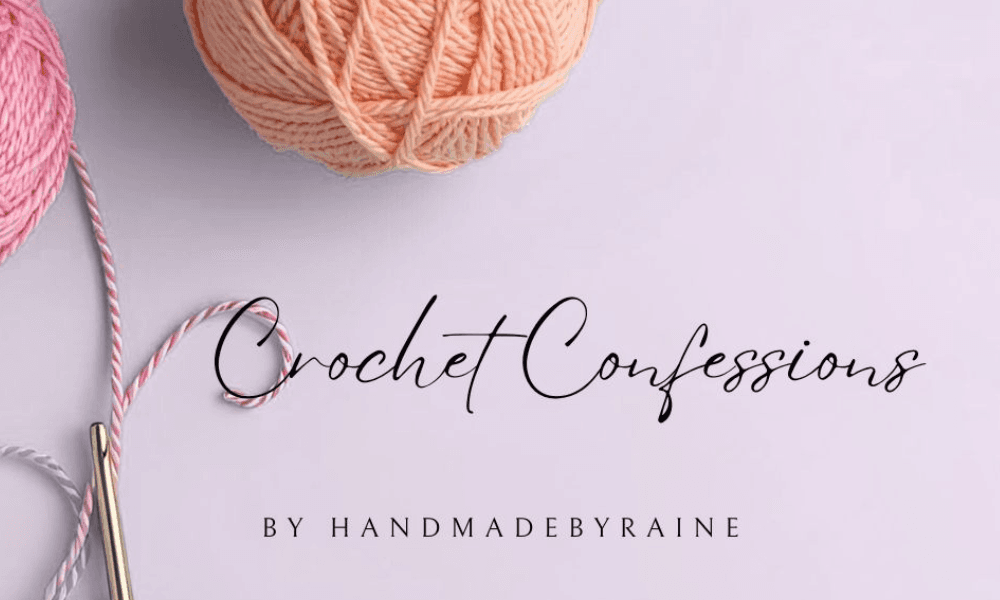Overview
This is a US-based eCommerce brand in the design and style niche, established in 2023. Positioned as a designer label offering curated lifestyle and fashion-forward products, the business has attracted attention due to its claimed profitability and modern branding. According to the Flippa listing, the business has generated $345,145 in bi-annual revenue with an impressive 60–70% profit margin, though recent operational gaps have disrupted performance. Despite appearing well-developed on the surface, the store is relatively young age, inconsistent operational history, and lack of third-party verifiable data necessitate a thorough analysis.
Key Insights
Website Performance and Metrics
Website Speed: Moderate page speed, with product and homepage elements loading within acceptable limits, but not fully optimized for mobile or high-converting UX flows.
Product Variation & SKUs: Limited number of SKUs focused on high-priced, minimalist, modern lifestyle and fashion accessories. The narrow product line offers some brand cohesion but restricts diversification.
AOV & LTV: Average Order Value is reported at $228—a notably high figure, suggesting a premium pricing strategy. However, without supporting customer lifetime value (CLV) or repeat purchase data, this metric lacks context.
Repeat Customer Rate: Not disclosed. Critical metric for understanding brand loyalty and long-term viability is missing.
Conversion Rate: No verifiable data shared. Typical Shopify stores convert between 1.5–3%; given the high AOV, this business may sit at the lower end without deeper engagement strategies.
Website Design: Visually appealing, minimalist aesthetic that aligns with premium positioning. High-quality imagery and storytelling are notable strengths.
Brand Positioning & Sentiment: Positioning as a stylish, aspirational designer brand is clear. However, Trustpilot reviews show a concerning sentiment split—47% 1-star reviews vs. 44% 5-star. This signals inconsistency in product quality, fulfillment, or customer service.
Marketing & Scalability Potential
Customer Acquisition Cost (CAC): Not disclosed. Without visibility into CAC, ROI on advertising or viability of scaling ad spend remains speculative.
Marketing Efficiency: Limited evidence of effective retargeting, upselling, or cross-selling tactics. No blog, UGC strategy, or SEO-driven content visible. Low domain authority (DA 3) indicates untapped organic marketing potential.
Scalability: Conceptually scalable given its premium positioning and high AOV, but current infrastructure (support, logistics, and customer sentiment) may not support aggressive scale without optimization.
Marketing Angle & Repositioning Potential: Opportunity to rebrand with stronger storytelling and address customer service inconsistencies. Brand can pivot toward lifestyle branding or deepen focus on minimalist living trends for broader appeal.
Financials
Annual Revenue: $60,682
Annual Profit: $54,239 (claimed, 89% profit margin)
Monthly Revenue: $5,056
Monthly Profit: $4,519
The claimed profit margin of 89% is extremely high and atypical for a physical product-based eCommerce brand, especially when considering fulfillment, CAC, returns, and customer service costs. Such margins raise concerns about the accuracy or sustainability of reported data. Additionally, the business reportedly paused operations for 7 months in 2024, severely impacting continuity and financial consistency.
Valuation Multiples
Profit Multiple: 5.3x
Revenue Multiple: 4.7x
These multiples are significantly above market standards for comparable businesses under two years old. Given the operational pause, limited brand history, and lack of verified P&Ls, the valuation appears inflated.
Marketing Analysis (Paid & Organic)
Paid Marketing: No explicit data provided. No ad library presence was found during our investigation, and there is no trackable campaign structure or performance dashboard.
Organic Marketing: Low SEO authority (DA 3), lack of consistent blog content or influencer/UGC strategy. Brand visibility outside the owned website is minimal.
Operational Efficiency
Product Sourcing: All products are reportedly designed and assembled in-house. This is a strength from a branding and differentiation standpoint but can be a weakness in scalability and operational efficiency without clear supply chain management.
Fulfillment: Trustpilot reviews point to delays or dissatisfaction in product delivery and customer support. Operational processes likely need streamlining and SOPs.
Customer Service: Poor public perception (47% 1-star reviews) suggests inadequate communication or refund/resolution handling.
Customer Data & Relationships
Customer Base: 6,272 customers and 6,270 email subscribers. This near-1:1 match suggests limited growth in email list beyond transactional users.
Engagement Strategy: No automation or post-purchase sequences observed. Loyalty and repeat purchase programs absent.
Legal & Compliance
Business Age & Structure: Established in 2023, based in the U.S. No red flags noted in terms of jurisdiction.
Compliance: Terms of Service and Privacy Policy pages exist, but GDPR and CCPA compliance mechanisms (such as cookie banners or data requests) are not clearly implemented. Seller verification on Flippa is still needed.
IP & Branding: No trademark or intellectual property registrations noted. Design ownership and content licensing should be verified.
Challenges Identified
Lack of Verified Financials: No third-party P&L or tax documentation provided.
High Customer Complaint Rate: Trustpilot sentiment signals serious post-purchase issues.
Operational Hiatus: The 7-month pause raises concerns about leadership stability, supplier contracts, and customer trust.
Overvaluation: Given the business age, operational inconsistencies, and unclear financial transparency, the 5.3x multiple is not justifiable.
Low Organic Authority: Domain authority is very low, making future organic growth slow without significant investment.
Recommendations
Speak with the Seller: Clarify exact reasons for the 7-month pause and current operational status. Confirm continuity of supplier relationships and internal team.
Request Full Financial Documentation: Bank statements, payment processor reports, and P&Ls for the past 12–18 months are needed.
Audit Customer Service Practices: Review support tickets, resolution timelines, and SOPs to assess scalability.
Validate CAC & Traffic Sources: Request detailed ad account access and performance metrics for both paid and organic channels.
Renegotiate Valuation: Recommend a lower offer that reflects realistic multiples and risk factors.
Conclusion
This ecommerce business presents a visually compelling, high-AOV brand with clear branding potential in the designer lifestyle category. However, beneath the aesthetic appeal lies a business facing multiple red flags: unreliable financial documentation, inflated valuation multiples, and significant customer satisfaction issues. While the fundamentals (product quality, design, niche targeting) may offer value with operational clean-up and marketing refinement, the business in its current state carries substantial risk. A buyer should proceed only after comprehensive verification and renegotiation of terms.


















